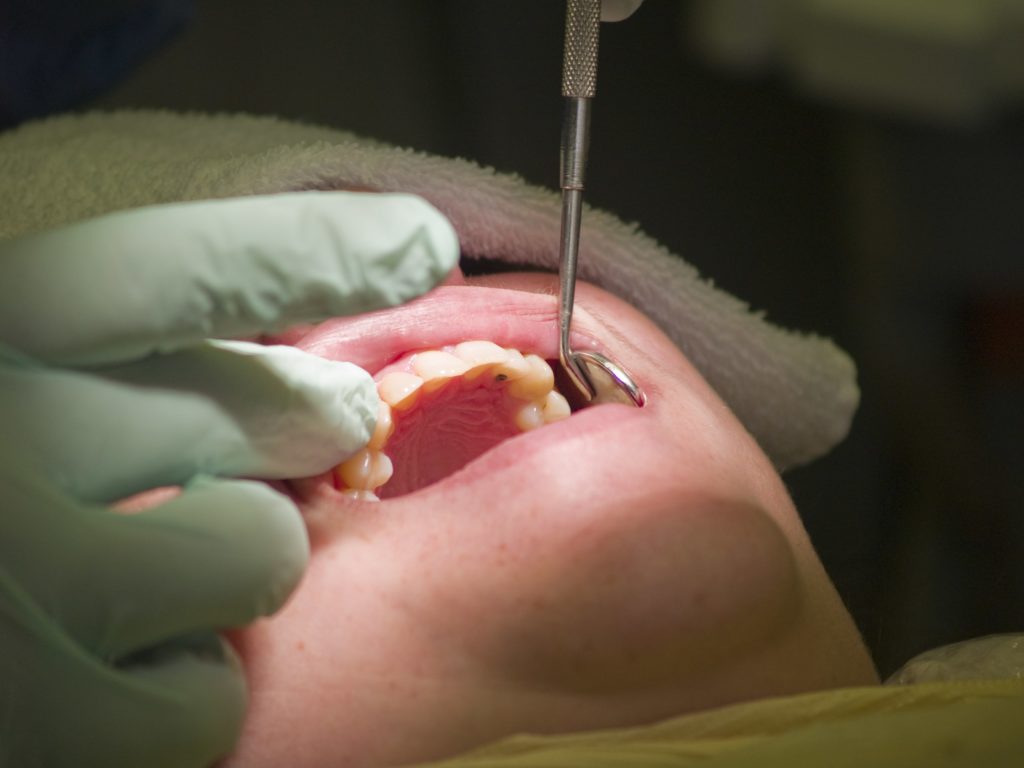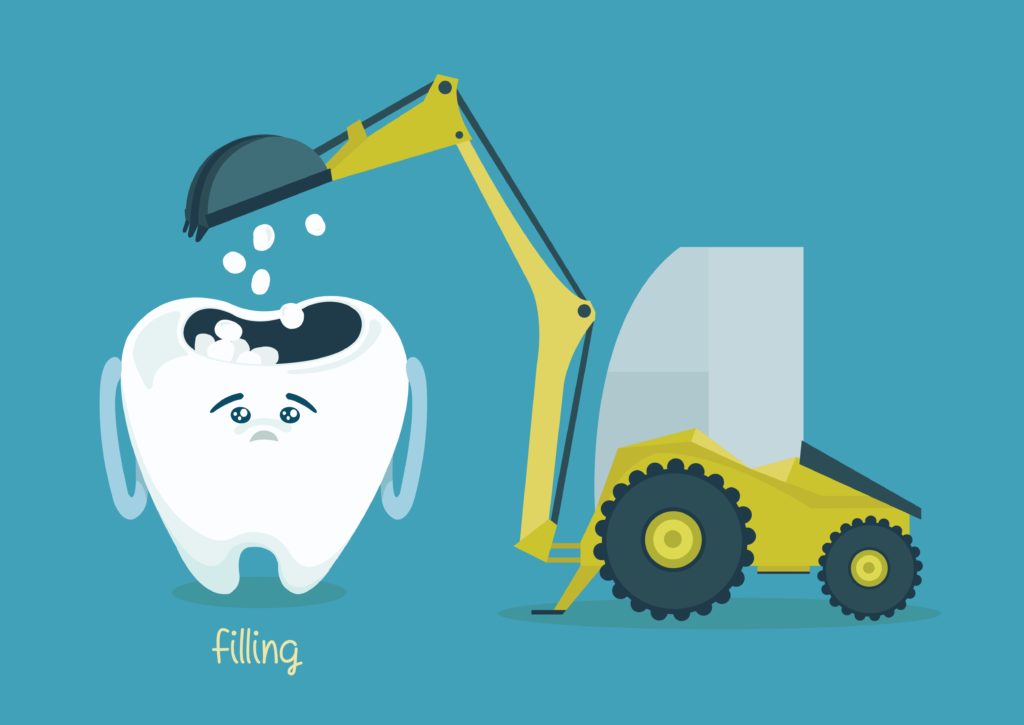Is it time for your regular dental check-up appointment? Have you been experiencing some sensitivity or discomfort when you’ve been eating? Letting your dentist know about the issues you’ve been experiencing is very important. You may have a cavity in need of a dental filling. If left untreated, the consequences will end up being much worse than what it initially started out as.
A cavity can happen to anyone, even children as young as three. A cavity is another way of saying tooth decay. Tooth decay occurs when the enamel of your tooth softens because of plaque bacteria breaking down the tooth structure. Tooth enamel can weaken for a number of reasons, particularly when you eat acidic or sugary foods and don’t clean your teeth properly afterwards.

Signs You Have A Cavity
If there are early signs of decay they may appear on your x-rays and your dentist may be able to keep track of any cavities that appear. With the proper care, you might reverse it. If it’s reached the point where you’ll need a filling, common signs can be things like:
- A consistent toothache, ranging from mild to severe
- Tooth sensitivity, particularly with food or drinks that are really hot or really cold
- Visible holes
- Brown or black coloured stain on the tooth
What Causes A Cavity?
There are a few different factors that can increase your risk of cavities, not just by eating acidic or sugary foods. Other factors include:
Inadequate brushing one of the main reasons dentists find cavities. Brushing should be done twice daily (once in the morning and once in the evening) along with flossing once a day. Flossing is a way to get all the leftover food and bacteria from between your teeth that will otherwise weaken enamel. Brushing should be done for two minutes to ensure you’re thoroughly cleaning your teeth, and even your tongue and cheeks. You should also remember to change your toothbrush once it starts looking a bit worn. Typically every three months the bristles will start weakening and not be able to clear your teeth of plaque as efficiently.
Not using fluoride
Fluoride can help prevent cavities and even reverse early stages of decay. This is why most toothpaste and mouthwash have fluoride in them.
Age
Unfortunately as we age, our teeth wear down and become weaker, therefore, they’re more susceptible to cavities.
Medications
Many prescriptions and over-the-counter medications can cause decay and gum recession, mainly because they can also cause dry mouth. Substances found in saliva can naturally help wash things off our teeth.
If your cavity isn’t looked after as soon as possible, it can lead to further issues like a tooth abscess, tooth loss, and damage to surrounding teeth.
Treatment Options & Dental Fillings
Depending on the severity of your case, a root canal may need to be performed to save your tooth. A crown is another option if your tooth is heavily damaged. Crowns are great options for people with gaps. They’re often made from porcelain (one of the most popular modern dental materials) because of the material’s durability and natural appearance.
But the most popular solution for a cavity is getting a filling. Filling materials vary, but the idea behind them is essentially the same: to restore the function, health and shape of the tooth. Preparation of the tooth involves removing the decay, after which, the filling material will be placed. It’s often a very short and simple procedure that is performed under local anesthesia.

Speak To Your Dentist About The Best Option For You
If you’re concerned about the safety aspect of the different kinds of fillings, it’s best to discuss other options with your dentist. There are some materials that are best used for certain cases, for example, glass ionomer fillings are best used for decay below the gum line, so if you have a cavity that’s affecting the front part of your tooth, that material may not be the best option for you.
There are pros and cons associated with each material.
Composite fillings are also provided. They are durable, and natural looking, and used for the majority of fillings.
Aftercare
A filling procedure is pretty simple and won’t lead to discomfort long after like other dental procedures, but there are things you should avoid doing right away.
Your mouth will probably still be a bit numb when you leave the dentist office, but once that wears off, you’ll probably notice a bit of sensitivity to hot and cold. That’s only natural and should stop occurring within a week or so. Keep brushing and flossing as you normally would.

